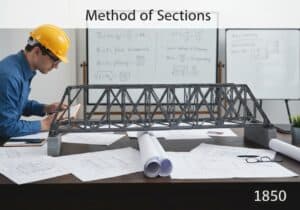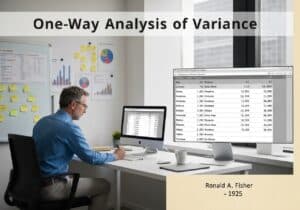The international standard ISO 9241-11 defines usability as the “extent to which a product can be used by specified users to achieve specified goals with effectiveness, efficiency and satisfaction in a specified context of use.” This definition provides a 框架 for measuring usability by breaking it down into three distinct, quantifiable components, moving beyond purely subjective assessments.
ISO 9241-11 Definition of Usability
- International Organization for Standardization (ISO)
The ISO 9241-11 standard, part of the broader ISO 9241 series on “人体工程学 of human-system interaction,” provided a crucial, formal definition that helped mature the field of usability engineering. Prior to its establishment, “usability” was often used loosely. This standard operationalized the concept into three measurable dimensions. ‘Effectiveness’ refers to the accuracy and completeness with which users achieve specified goals. For example, can a user successfully complete a purchase on an e-commerce site? ‘Efficiency’ relates to the resources expended in relation to the accuracy and completeness with which users achieve goals. This is often measured in terms of time taken or clicks required. ‘Satisfaction’ is the user’s subjective response—their freedom from discomfort and positive attitudes towards the use of the product. It is typically measured using post-test questionnaires. The definition also emphasizes the “specified context of use,” acknowledging that usability is not an absolute, intrinsic quality of a product but is dependent on the specific users, their goals, and the environment (physical, social, technical) in which they operate. This contextual element is critical, as a product highly usable for an expert in a controlled office environment might be unusable for a novice in a distracting, mobile setting. The standard’s framework guides practitioners in setting clear, testable usability goals and evaluating designs against them.
类型
中断
使用方法
前体
- The field of ergonomics and human factors, which studied human capabilities and limitations in relation to work environments and tools.
- Early work in 软件 psychology and human-computer interaction from the 1970s and 1980s.
- Brian Shackel’s 1986 definition of usability, which included effectiveness, learnability, flexibility, and attitude.
- The quality management movement (e.g., ISO 9000), which emphasized standardized, measurable definitions of quality.
应用
- development of usability testing metrics
- standardized reporting in product evaluations
- legal and contractual requirements for software procurement
- integration into 以用户为中心 design processes
- certification of product quality
专利:
迎接新挑战
机械工程师、项目、工艺工程师或研发经理
可在短时间内接受新的挑战。
通过 LinkedIn 联系我
塑料金属电子集成、成本设计、GMP、人体工程学、中高容量设备和耗材、精益制造、受监管行业、CE 和 FDA、CAD、Solidworks、精益西格玛黑带、医疗 ISO 13485
相关发明、创新和技术原理













